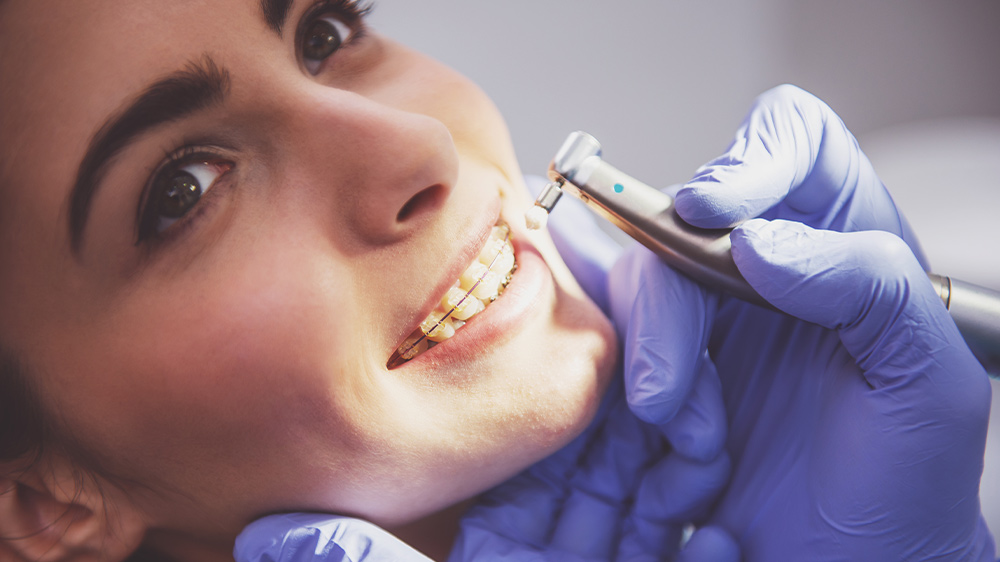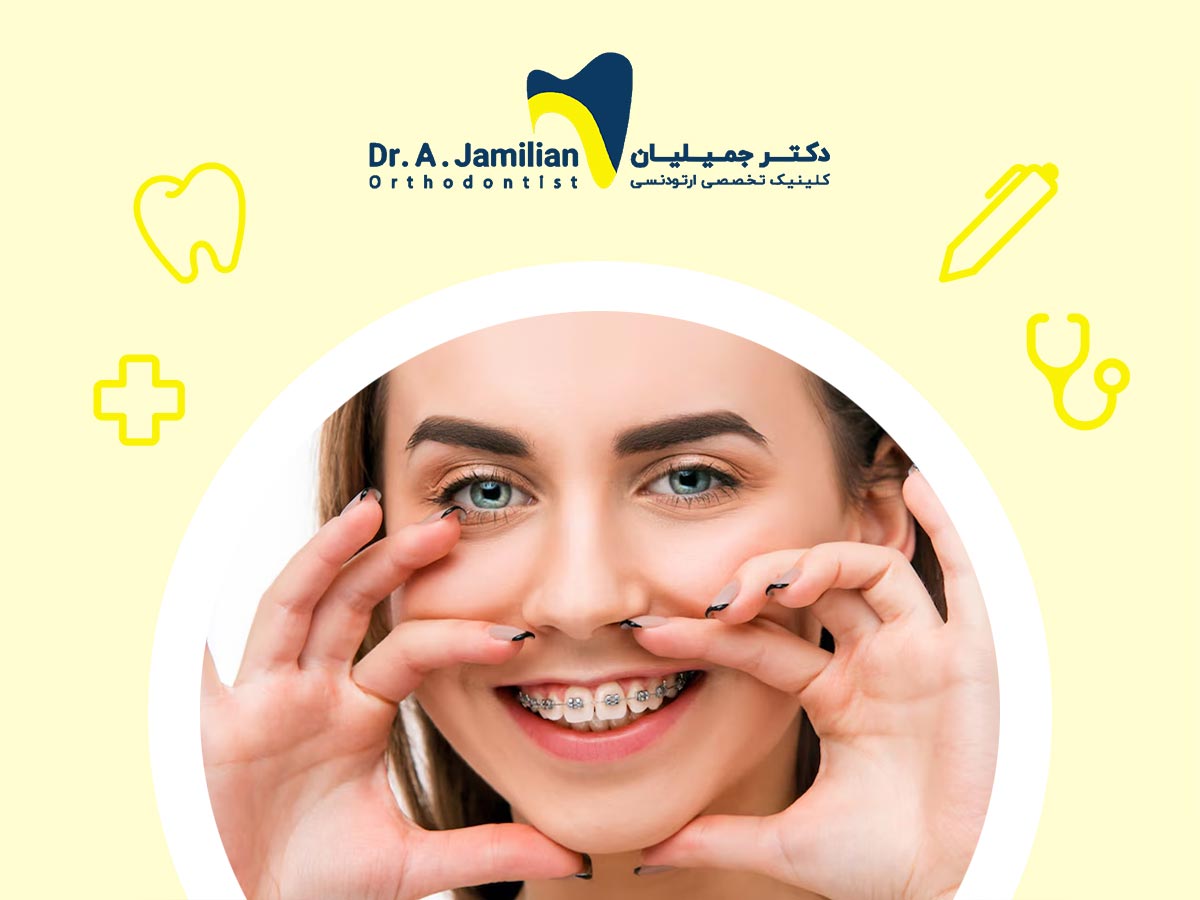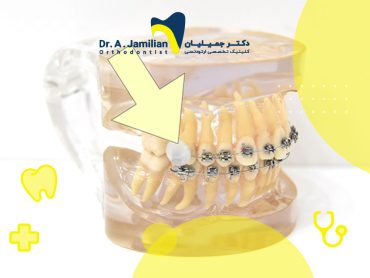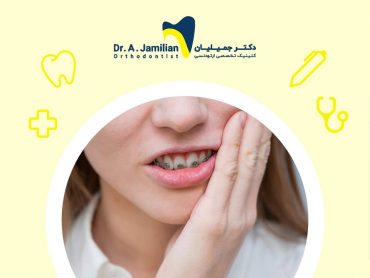A normal orthodontic treatment using common orthodontic devices often takes nearly 18 to 24 months to be completed; however, it is able to be reduced to 6 to 12 months. This is possible if your orthodontist would use a quick orthodontics or a fast-return orthodontics. Within the past ten years, a great deal of studies has been conducted on this issue and various methods and devices have been devised and proposed to reduce orthodontic treatment time. Quick orthodontics is possible on everyone however, the technique will vary depending on the patient’s jaw and teeth. An experienced, skillful orthodontist who is familiar with the state-of-the-art techniques and devices can be of help in this regard.
Quick Orthodontics with Electromagnetic Technique
Professor Jamilian in 2011, created a study to see the effects of the quick orthodontic method using an electromagnetic current on 10 patients. The increased speed of tooth movement in orthodontics would result in the reduction of treatment time. He designed this study in order to determine whether the Pulsed Electro-Magnetic Field (PEMF) therapy would affect the braced tooth?

In this specific study, ten patients whose canine tooth was supposed to move backwards were treated with the PEMF force. Both patients ( with canine teeth ) were moved backwards, after removing the first premolar tooth of maxilla. However, the patients not only had a fixed orthodontics, they also were provided with a mobile orthodontic device. A circuit and a very tiny battery were placed inside the mobile orthodontic device near a canine tooth. This electronic circuit produced about 1Hz PEMF magnetic current. Thus, one canine tooth was exposed to the magnetic current, while another canine tooth of the patient was not. An aluminum foil was placed in the mobile device in order to guide the PEMF magnetic current only into the canine teeth. The results showed that the canine tooth, which was exposed to the electromagnetic current, moved much quicker than the other tooth. This study also showed that if the teeth of maxilla are treated with electromagnetic force, the movement of the teeth as much as 0.83 ± 1.57 mm will be more than their movement in the normal condition. These findings emphasize that using PEMF electromagnetic force is immensely effective in going through the quick orthodontics.
How Quick Dental Orthodontics Is Possible Only In 6 Months?
If a patient has no jaw disorder, and their problems are only limited to simple dental disorders, it is possible to move their teeth within 12 months using the modern orthodontic techniques and high-quality orthodontics devices. This technique is useful for those patients who have mild problems and disorders such as mild diastema, dental crowding and mild crooked teeth. Usually, to reach the fastest result of orthodontic treatment, fixed orthodontic techniques are used. An experienced and skillful orthodontist would help you in choosing the fastest and safest method.
Besides what was mentioned already in this article, the role of health of gums and teeth as well as following care instructions of patients and their cooperation to reach a perfect result of quick orthodontics cannot be neglected.

The Difference between Quick Orthodontics and One-Day Orthodontics
Sometimes we see advertisements like “quick orthodontics only in 1 day” and or “one-session orthodontics”. In such cases, the treatment done by a dentist only in a session is not orthodontics in the first place; instead it somehow is a sort of restorative treatment. In the fast or one-session orthodontics, certain and specific devices and methods are used including items similar to veneers, composites, dental implants or dental laminates.
However, restorative dental treatments are often conducted through shaving the enamel of the teeth and changing the appearance of the teeth, whilst in the actual orthodontic treatment, an orthodontist takes advantage of orthodontic devices and machines including orthodontic wires and braces. Thus, the orthodontic treatment is carried out through moving the teeth and even jaws with the special orthodontic devices. In orthodontic technique, the beauty of the teeth is fundamentally designed and conducted and any disorders in jaws and teeth will be refined completely. Movement of teeth and jaws are done by the fixed orthodontic device and mobile orthodontic device, respectively.

Quick Orthodontic Considerations
Quick orthodontic technique is based on enhancing the speed of movement of teeth and jaws. However, you need to keep in mind that to preserve the health of gums and the teeth, an orthodontist isn’t allowed to move teeth more than 1 to mm in each month. Improper movement of the teeth with an illegal speed will cause damage to the gum tissue, bones and dental root and final loss of teeth.
The extent to which teeth can move during orthodontic treatment often depends on the patient’s age, type of gum and tooth disorder, health degree of the teeth, dental crowding, radiographic state, slope of jaws, how much a patient would care about their dental health, and etc. Based on these factors, an orthodontist is able to measure and set the force required to move the teeth and jaws.
Quick Orthodontics FAQ
A quick orthodontic which had been done by an experienced and skillful orthodontist properly never recurs, this is because the teeth would be placed exactly where they should be placed in terms of anatomic and physiologic considerations. Following the quick orthodontic treatment, you will be trained through a dental care course in order to achieve the final state of your beautiful teeth.
The quickest orthodontic treatment is conducted by the fixed orthodontic device, because it imposes a continuous and non-stop force to the teeth. The method and quantity of this force, which is necessary to quickly achieve some regular teeth, and this must be set by an experienced and skillful orthodontist.
The shortest time that can be considered for an orthodontic treatment is six months. It’s important to know that the time depends on various factors including the extent of disorder, type of disorder, the device used for treatment, the orthodontist’s skill, jaw, teeth and gums health level, etc.
Yes, by visiting an orthodontic clinic or office, the orthodontist would conduct the initial measurements and start your treatment in the very first session.







